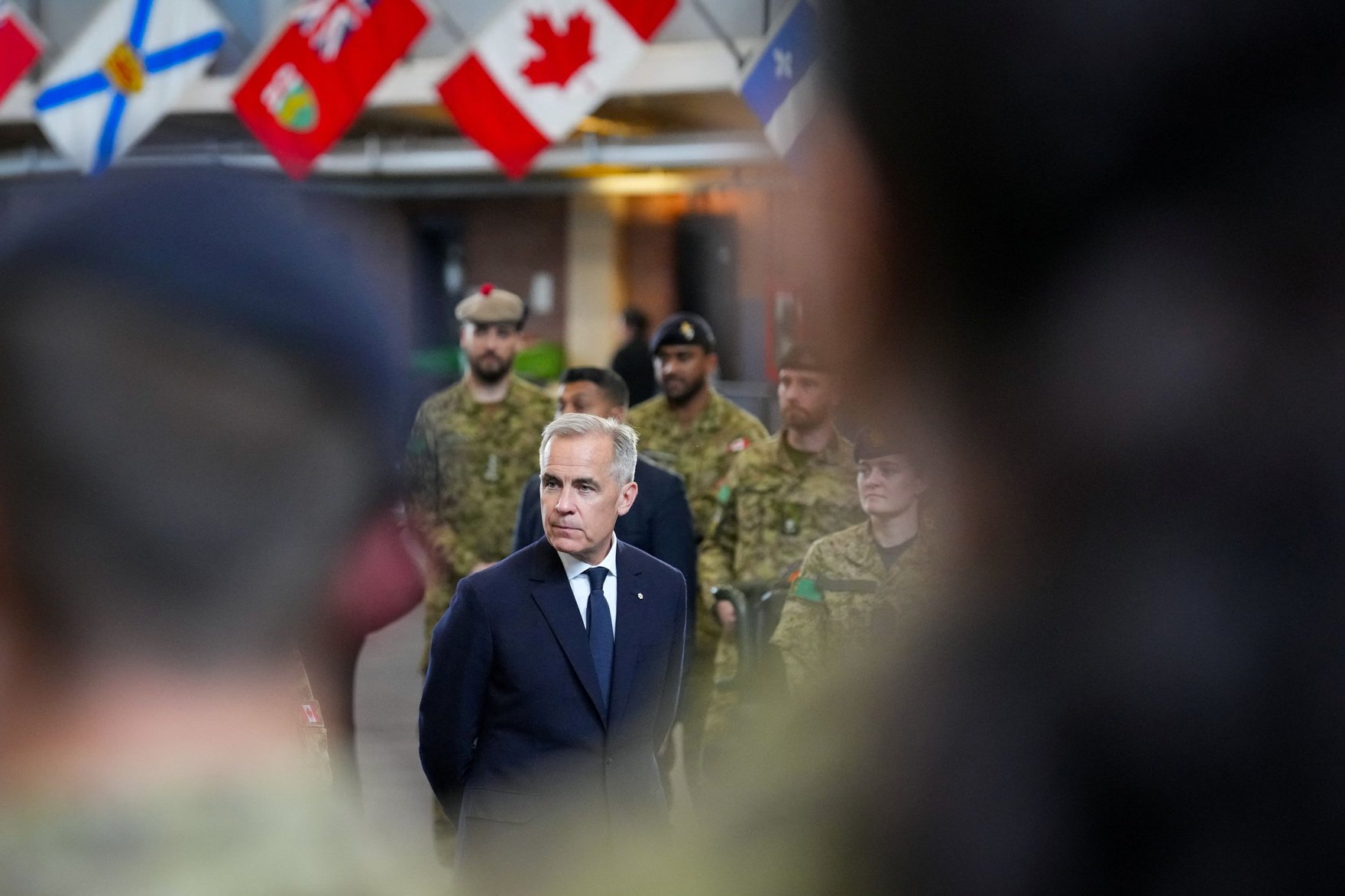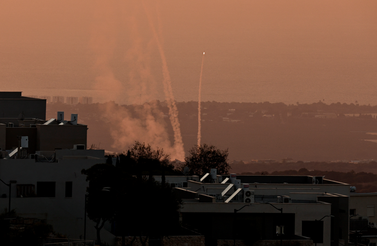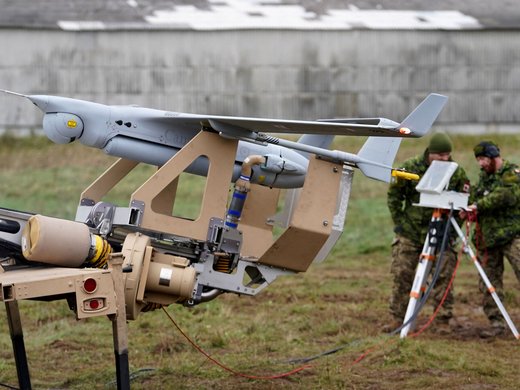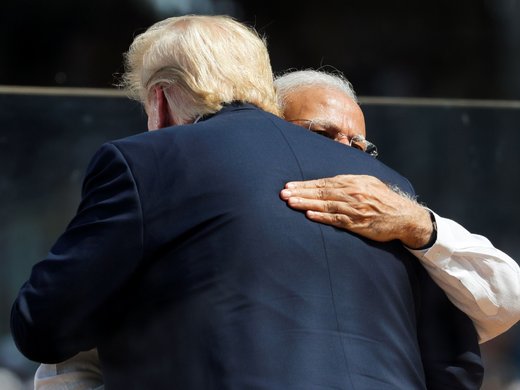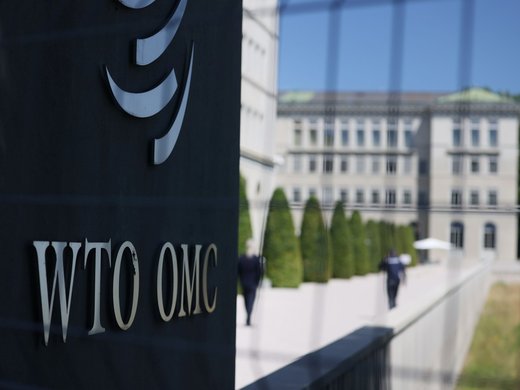The first lesson was the audacious Ukrainian drone attack on June 1 against several strategic bomber bases scattered throughout Russia. Although precise battle damage may never be known, these drone attacks, which reached as far as the Russian Arctic and the Mongolian border region, allegedly destroyed or disabled a substantial number of Russian long-range strategic bombers — the very same ones Russian President Vladimir Putin’s air force relies on to deliver devastating cruise missile attacks against civilian infrastructure and people in Ukraine. The Ukrainian attack has been dubbed Russia’s “Pearl Harbor.”
Next up was the United Kingdom’s June 2 publication of a new Strategic Defence Review (SDR), designed to radically reshape British military power in the face of a dangerous world.
A week later, on June 9, Canadian Prime Minister Mark Carney stepped onto a podium at the University of Toronto’s Munk School of Global Affairs and Public Policy to tell Canadians they were facing a “hinge moment” in the unravelling of the international order, and that his government was going to rapidly accelerate defence spending and reorient Canada’s defence posture. This announcement was the closest thing to a call to arms from a prime minister since September 1939.
The connective tissue linking these three events is the laboratory of future war that Ukraine has become. That laboratory is one that features extraordinary technological innovation and national resilience, married to military power, in the service of survival.
Acquisition of the most expensive and technologically sophisticated weapons systems cannot be the only force that drives rearmament.
Britain is one of the first North Atlantic Treaty Organization (NATO) countries out of the gate to try to consciously and deeply apply the evolving lessons of the Ukraine war to its own strategic thinking and rearmament. The SDR is meant to move the United Kingdom to a posture of “war-fighting readiness,” with a focus on its role as a leading NATO power able to defend the “Euro-Atlantic” space. The document is suffused with an appreciation of the importance of drone warfare and the surrounding requirements of a technologically enabled military.
The Canadian prime minister has promised, in turn, the “immediate design” of a new defence policy that takes into account the experience of allies and partners, including Ukraine. It is certain that the UK SDR will be an important reference, even if the designs are different. Canada is not yet focused on “war-fighting readiness,” but the commitment to Euro-Atlantic security is shared.
Much of the Canadian effort will go into the “four pillars” described by the prime minister: the human capital of the military; improving defence capabilities; building out a Canadian defence industrial base; and diversifying defence partnerships to reduce Canada’s historic over-dependency on the United States.
Three Lessons for Canada’s Defence Plan
As Canada pursues these four pillars, there is thoughtful guidance to be gleaned from the UK SDR and from the experiences of the Ukraine war.
First, acquisition of the most expensive and technologically sophisticated weapons systems cannot be the only force that drives rearmament. Watch out for the cheap, giant killers, especially drones, that are now at the cutting edge of warfare and of hybrid threats. The Ukraine drone strike of June 1 is exhibit one.
Second, a new way of warfare will be based on new technological capabilities to use data efficiently and at speed. The SDR puts its money on the importance of establishing what it calls a “digital targeting web,” to fuse and sort collected intelligence on targets, apply artificial intelligence, speed information to users at all levels and assist rapid decision making — all relying on a secure cloud architecture. This strategy is referred to, in the British document, as connecting “sensors, deciders and effecters.”
A third lesson takes stock of how the Ukraine war has forced the development of a civilian-industrial innovation complex, based on a radical reshaping of defence procurement, as a key enabler. Both the United Kingdom, in the SDR, and Canada have taken this to heart.
Finally, there is the question of how to pay for a massive program of defence modernization. The UK and Canadian governments place their faith in the idea of a “defence dividend,” achieved through the economic boost of a reinvigorated domestic defence manufacturing base.
Whatever the fiscal solution, rebuilding Canadian military capacity, defending our sovereignty and security, and restoring a role for Canada in the world, will ultimately depend on a new willingness of Canadians to pay the price.
Ukrainians simply have no choice in the matter. The UK government, with its eyes firmly fixed on the Ukraine war, believes it has no choice either.
For Canada, the start will have to be a deeper appreciation that we live in a dangerous world — that we live at a “hinge moment.” Canadians must have a genuine dialogue about the threats from every compass point, and the government will have to step forward as a key educator. We could take inspiration from the UK SDR’s call for a “national conversation,” involving a two-year series of public outreach events across the country, led by the government. Any Canadian version would need to address new geopolitical threats and the requirements of the military, but also the challenge of maintaining information integrity in the face of foreign espionage, interference operations and the pernicious effects of misinformation.
Publishing a new defence policy, as promised by the prime minister, should help. It may well be folded into the forthcoming national security strategy. The UK SDR tries to show how defence “deters and protects,” and why defence needs support to “strengthen the nation’s resilience.” We have the luxury, at least for now, of seeking answers — not having them brutally forced on us by an outside aggressor.
